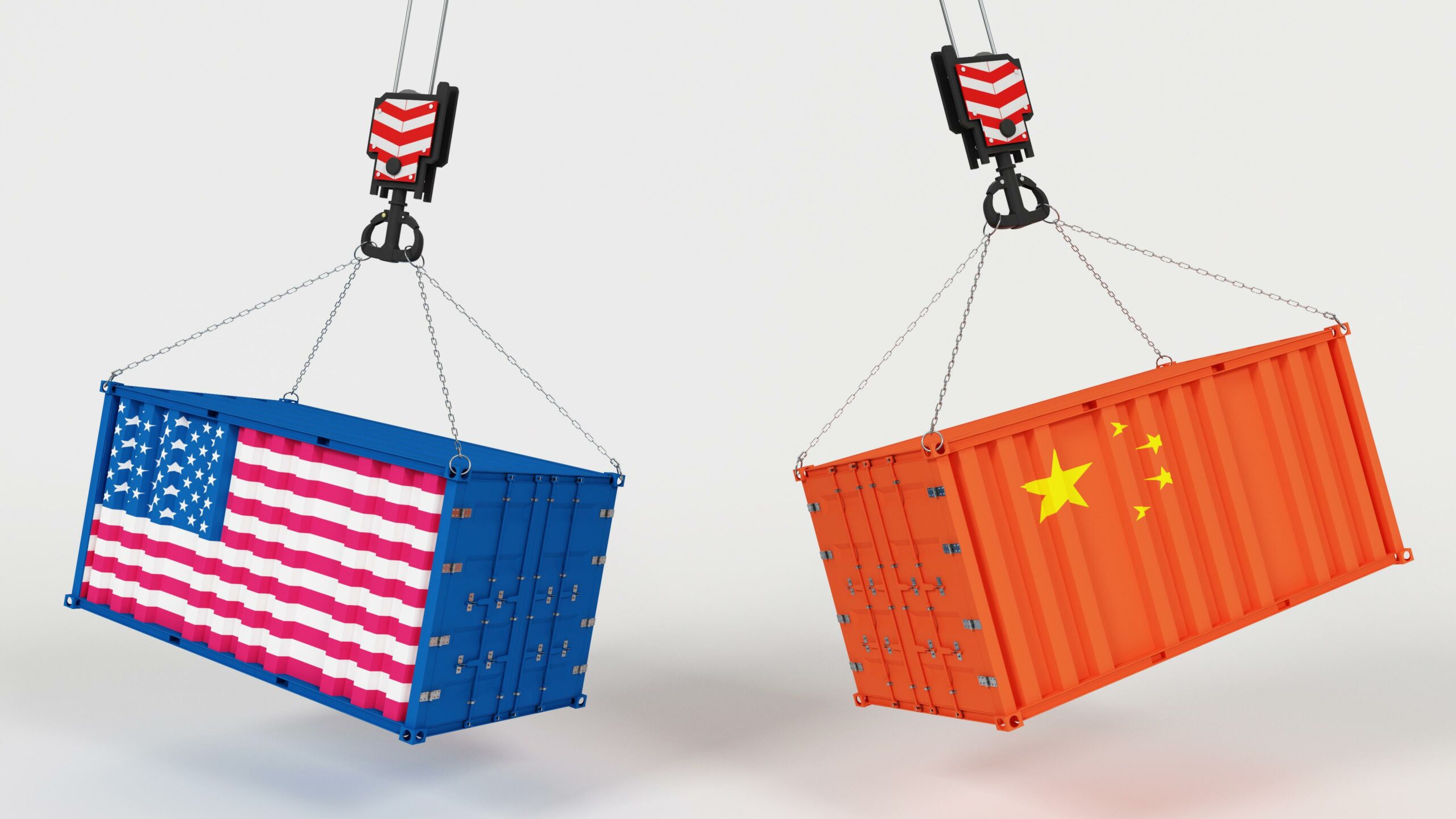The economic fallout from US President Donald Trump’s new tariffs will be enormous on all countries including the US itself. “We’re already seeing contracts being cancelled between Chinese suppliers and American importers. Business relationships that took decades to build are now being paused, because these tariffs are so high that no one can be profitable, can stay in business and continue to import. So, I think the cost for both economies is going to be colossal. We’ll see a little bit of it in the short run. And if this continues, we’re just going to see it exponentiate over time,” said Nancy Qian in a recent televised interview with Democracy Now!, an independent global news network. Nancy is professor of economics at Northwestern University, and is the founding director of the China Econ Lab.
Emerging economies especially Southeast Asia have been hit the hardest outside of China, facing tariffs of up to 49%. They are the most vulnerable from disrupted supply chains and rising costs in infrastructure deployment. Tariffs could delay data center projects under construction and those that haven’t started yet. Investment amounts would fall. With the 90-day tariff pause against all countries except China, there will be a lot of negotiations going on though smaller countries like Laos will fall further behind in the queue. Companies will be sourcing for alternative supply chains, while manufacturers outside China for example those from Southeast Asia will be filling the gaps from China.
According to James Rix, JLL’s Head of Data Centres and Industrial Malaysia, the imposition of tariffs could affect up to 80% of the materials being used in US data centres. “However, this could see a resurgence of the use of Southeast Asia’s manufactured components for facilities in Southeast Asia. US-based organizations may also see more use of their manufacturing bases here in ASEAN.”
Rix added: “I do not foresee a slowing down in the market here, rather it would continue to grow, although it may prove more challenging to raise money from the US market.”
Vivan Wong, Senior Analyst at DC Byte, feels that the 90-day reprieve presents an opportunity for Southeast Asian countries— many of which rely on exports to the U.S.— to accelerate contingency planning. “In the Joint Statement of the ASEAN Economic Ministers released yesterday, ASEAN highlighted its intention to strengthen intra-regional cooperation amid the ongoing global trade uncertainty. Efforts such as upgrading the ASEAN Trade in Goods Agreement and advancing the ASEAN Digital Economy Framework reflect a broader push toward economic integration. This window allows ASEAN to mitigate the potential impacts on its economies and populations as much as possible, though effects of the tariff cannot be entirely eliminated.”
Examples of imports from China that can’t be easily replaced are rare earth minerals like gallium and germanium which are essential for fibre optics, semiconductors and 5G antennas. These can’t be easily sourced from other countries although Malaysia and India could emerge as alternative suppliers, but scaling production could take years, an Indian telecommunications executive reportedly said, adding that they are working with Australian and African miners to diversify their supply chains. He agreed that there would certainly be a price surge in rare earths.
In the latest news as reported by DW, China has added to the list of banned rare earths exports to the US to include dysprosium, gadolinium, lutetium, samarium, scandium, terbium and yttrium – all crucial raw materials in the IT and defence industries.
The IMF meanwhile warned of a 0.5% GDP contraction in emerging markets due to trade disruptions. “Emerging markets must brace for prolonged instability,” said Kristalina Georgieva, IMF Managing Director.
‘Long trade war’
The World Trade Organization had said on Wednesday that the escalating tariff war between America and China could cut trade in goods between the two countries by a whopping 80%. Trade between China and the U.S. accounts for 3% of global trade.
“Prepare for a deep and long trade war especially between the US and China” is the unanimous experts’ opinion after the US raised tariffs up to 125% on goods from China further escalating the simmering tensions between the two economic superpowers. Responses to the tariff hike have been swift – Chinese companies that sell products on Amazon are preparing to increase prices for the United States or quit that market, said sellers and the head of China’s largest e-commerce association, as reported by Reuters.
Tech giant Apple had recently chartered cargo flights to ferry 600 tons of iPhones, or as many as 1.5 million, to the United States from India. The US smartphone company had stepped up production in India in an attempt to navigate around Trump’s tariffs against China where currently the vast majority of iPhones are made, said Reuters.
This trade war is accelerating regionalisation and reshaping global supply chains, hence manufacturers must diversity their supply chains beyond China and build up their local manufacturing capability in order to weather this tariff tsunami, said an Indonesian former trade official.
Meanwhile, Joseph Stiglitz, Nobel Prize-winning economist and Columbia University professor, said the chaos unleashed on the world by Trump would have lasting damage. “Bringing back manufacturing to the US is not realistic as many US companies say they don’t have the logistics nor the supply chains. And many modern manufacturing now use robotics so it’s not going to increase jobs in America even if this is done,” he told TV network Democracy Now! recently.
Prices of goods around the world are expected to soar similar to the post-pandemic era when global supply chains were disrupted. At the same time, there are also worries that China might dump its US-bound goods to other countries. However, there are anti-dumping legislations in some of the targeted countries which could mitigate this possibility.
Trump had announced a 90-day reprieve this week hours after the new tariffs went into effect on April 9.




